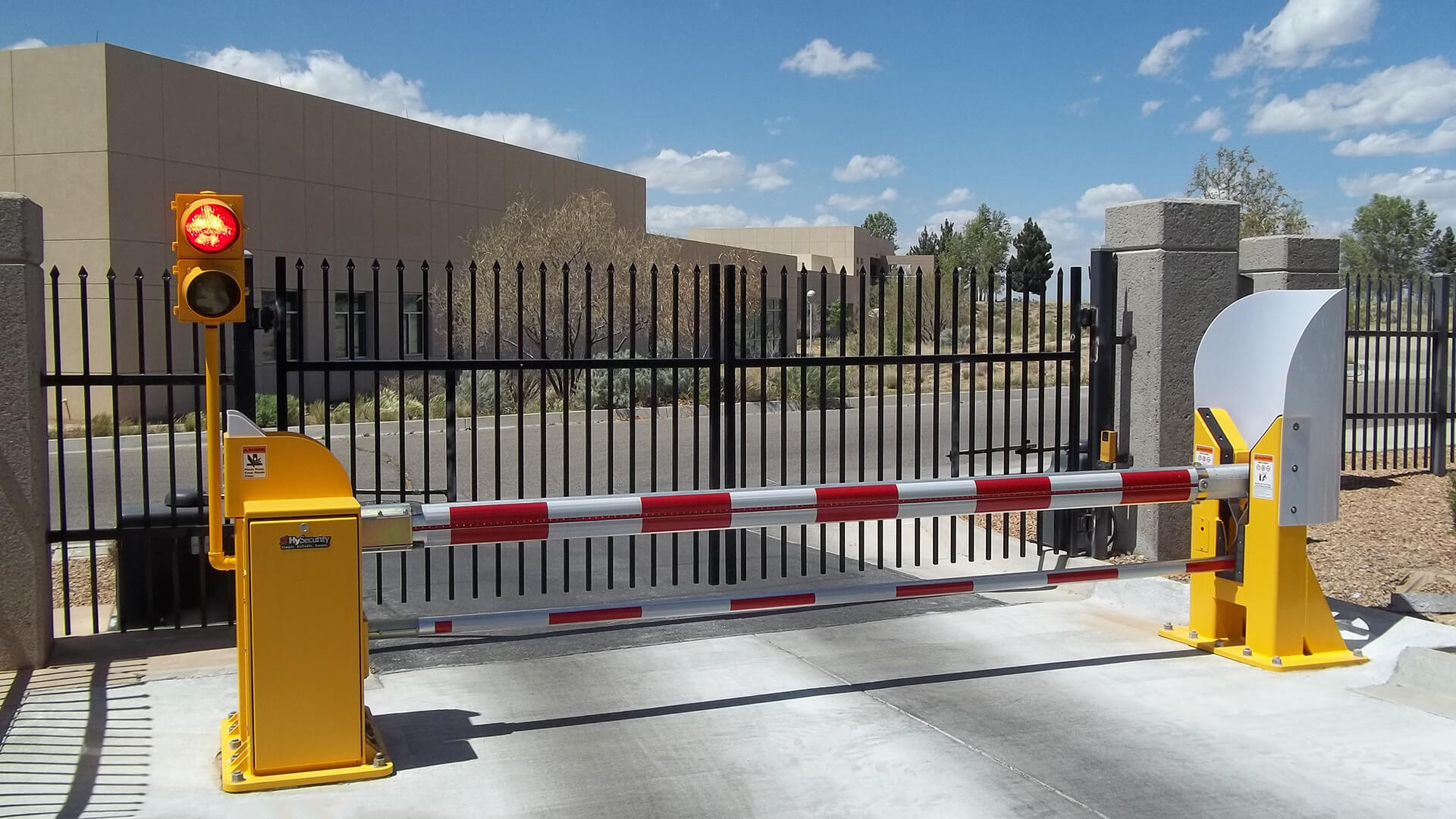In today’s rapidly changing world, ensuring the safety and security of our communities has become a top priority. One effective way to achieve this is through the implementation of neighbourhood street patrols. By partnering with reputable security companies like Airtec Security, residents can enjoy increased peace of mind and a heightened sense of security. In this article, we will explore the reasons why neighbours need street patrol guards from Airtec Security.
- Deterrence of Criminal Activity
The presence of street patrol guards acts as a powerful deterrent to potential criminals. Criminals are less likely to target a neighbourhood with visible security personnel patrolling the streets. The mere knowledge that trained professionals are actively monitoring the area helps create a safe environment and discourages criminal activity such as theft, vandalism, and trespassing. Airtec Security’s street patrol guards are trained to recognize suspicious behavior and respond swiftly to mitigate any potential threats.
- Prompt Emergency Response
During emergencies, quick response times are crucial. Airtec Security’s street patrol guards are equipped with advanced communication devices and have direct connections to emergency services. In the event of a crisis, they can swiftly contact the appropriate authorities, reducing response times significantly. Whether it’s a medical emergency, fire, or other threatening situations, having trained professionals on patrol can mean the difference between life and death.
- Enhanced Sense of Community
Neighbourhood street patrols foster a greater sense of community among residents. When residents see security guards patrolling their streets, they feel reassured and connected. Knowing that their safety is a shared responsibility encourages neighbourly cooperation and vigilance. Residents are more likely to report suspicious activities, enabling security personnel to act promptly and effectively.
- Customized Security Solutions
Airtec Security understands that every neighbourhood has unique security needs. They work closely with residents to develop tailored security solutions that address specific concerns. Whether it’s implementing access control systems, installing surveillance cameras, or conducting regular patrols, Airtec Security ensures that their services align with the requirements and budget of each community.
- 24/7 Protection
Criminal activities can occur at any time, day or night. With Airtec Security’s street patrol guards, communities can enjoy round-the-clock protection. The presence of trained professionals throughout the day and night creates a strong deterrent against criminals who may be emboldened by the cover of darkness. This continuous vigilance provides residents with a heightened sense of safety and security, allowing them to go about their daily lives without fear.
Conclusion
In an increasingly uncertain world, neighbourhoods must take proactive measures to ensure the safety and security of their residents. Employing the services of reputable security companies like Airtec Security and implementing neighbourhood street patrols can have a significant impact. From deterring criminal activity to providing prompt emergency response and fostering a sense of community, street patrol guards play a vital role in creating a safer environment for everyone. By investing in these services, neighbours can build a stronger, more secure community for themselves and future generations.



